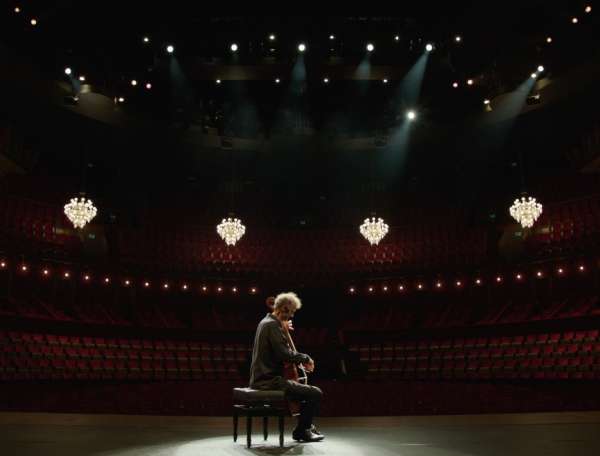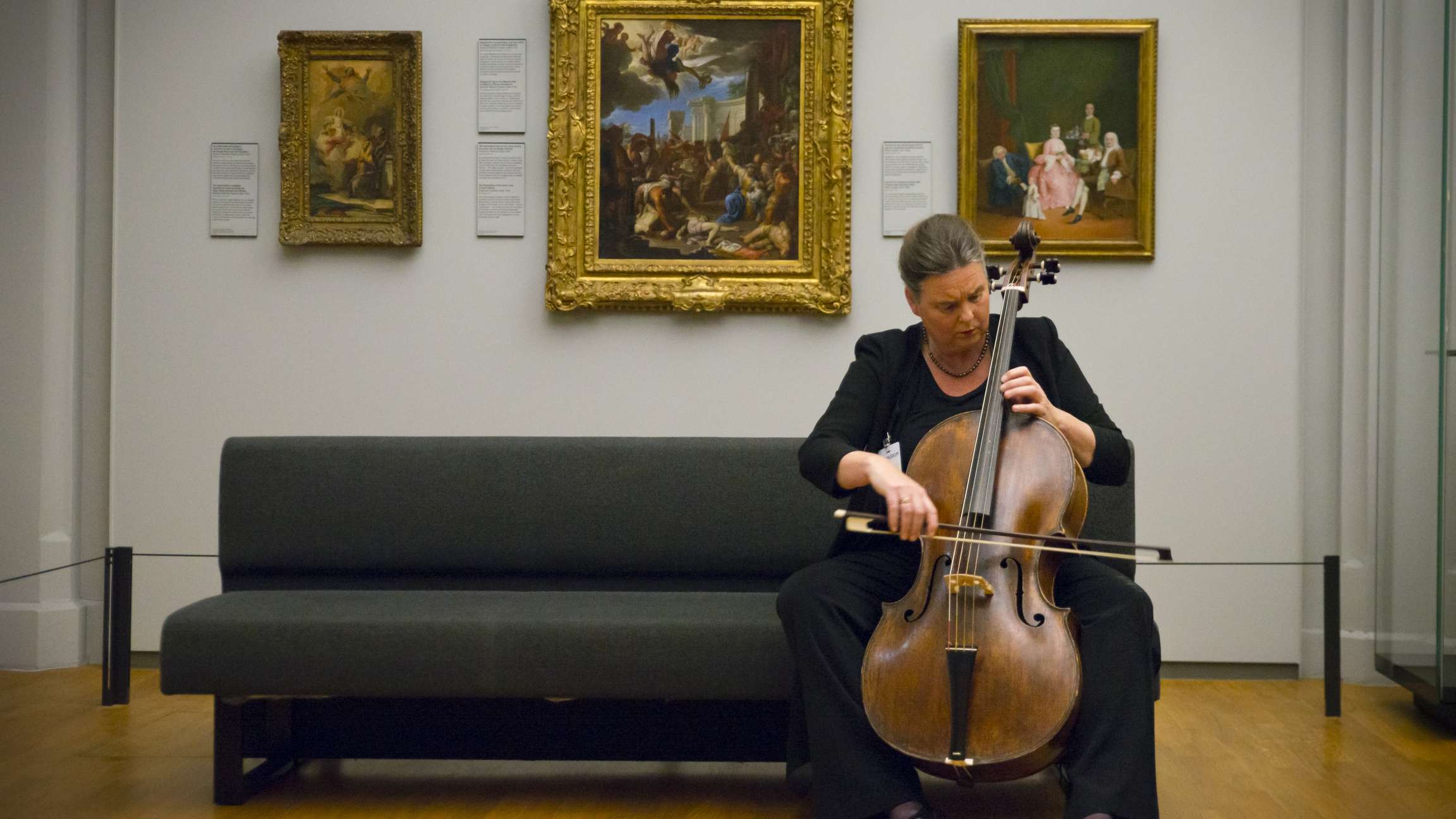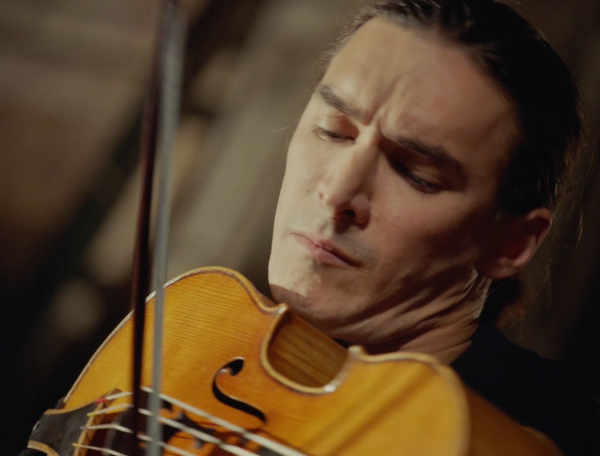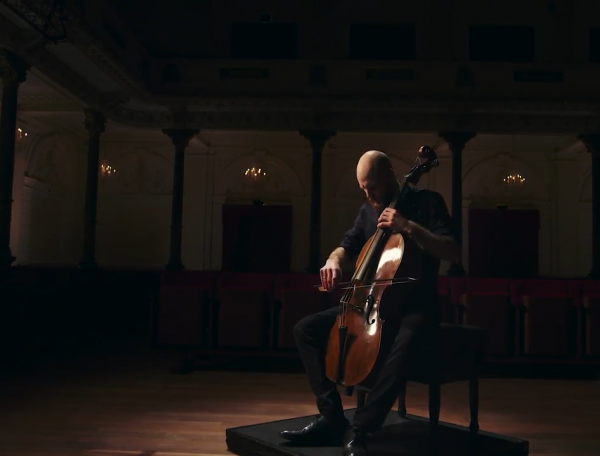

Cello Suite no. 1 in G major
BWV 1007 performed by Lucia Swarts
Rijksmuseum, Amsterdam
Behind the music
Apparent inconsistency
The six cello suites have been handed down in a beautiful manuscript by Bach's wife Anna Magdalena, which raises many questions
Bach’s first cello suite became his most famous one. The cellist begins the well-known, comforting prelude in a gentle, radiant G major. The first bars are dominated by the single G, D and A strings, resulting in great resonance. This most friendly of suites is suitable for beginners and amateurs, even though it presents challenges to professionals as well. For instance, do you build up the climax leading to the end of the prelude tempestuously or with an even flow? And how should the bowing be done? The Anna Magdalena Bach manuscript in which these suites have been handed down notates the slurs above and below the notes very freely and with apparent inconsistency. Is this a question of sloppiness, or did the composer actually want the maximum variation in the note groupings?
The pattern of the suite is the one largely followed in the subsequent suites: a free prelude, followed by a fast Allemande and Courante, a contemplative Sarabande, a Minuet that makes an excursion into a minor key, and a speedy closing Gigue.
Six Cello Suites, BWV 1007-1012
The Six Cello Suites by Johann Sebastian Bach are part of the Old Testament of cello literature. Every cellist who looks at the music senses immediately how naturally the notes are arranged around the strings of the instrument. Yet there are many questions and discussions about these ‘Suites a Violoncello Solo senza Basso’. Did Bach really write the music for cello, or for cello alone? When did he write this music – at the court of Cöthen or earlier? Even the authorship is called into question sometimes, although claims that Anna Magdalena Bach (who notated the only surviving manuscript) could be the author herself cannot be taken very seriously. The suites take a route from simplicity to increasing virtuosity: from the usually open strings of the first three suites, via the more complex key of E-flat major of the enigmatic Suite no. 4 to the dark Suite no. 5, which requires the cellist to tune the highest string one tone lower. Suite no. 6 is the most unusual, as it requires a five-stringed instrument – probably the viola pomposa, or otherwise the cello piccolo.
- BWV
- 1007
- Title
- Cello Suite no. 1 in G major
- Instrument
- cello
- Genre
- chamber music
- Serie
- Six cello suites
- Year
- between 1717 and 1723
- City
- Köthen
Supported by
Ammodo
Extra videos
Cellist Lucia Swarts about her instrument
“Without having seen it, Lucia Swarts bought her cello, a Pieter Rombouts from 1705. She tells about the search for the perfect sound of her 'fat lady'.”
Cellist Lucia Swarts on the first cello suite
“It's very temperamental. Very emotional. On the other hand it's very transparent and perhaps courtly.”
Vocal texts
Original
Translation
Credits
-
- Release date
- 28 November 2014
-
- Recording date
- 30 June 2014
-
- Location
- Rijksmuseum, Amsterdam
-
- Cellist
- Lucia Swarts
-
- Cello
- Pieter Rombouts, 1710
-
- Producer
- Frank van der Weij
-
- Film director
- Margien Rogaar
-
- Director of photography
- Sal Kroonenberg
-
- Gaffer
- Nicholas Burrough
-
- Grip
- Antoine Petiet
-
- Music recording producer
- Leo de Klerk
-
- Film editor
- Michiel Boesveldt
-
- Make up and hair
- Trudy Buren
-
- Production assistant
- Judith Hulsbosch
-
- Camera assistant
- Suzanne Bakker
-
- Best boys
- Alban Riphagen, Sam Du Pon
-
- Music edit and mix
- Leo de Klerk, Frank van der Weij
-
- Colorist
- Rachel Stone
-
- Interviews
- Onno van Ameijde
-
- Acknowledgements
- Mark Colly, Henk Hermanns, Janina Bleekemolen, Jasper Verkaart, Rijksmuseum
Discover
Help us to complete All of Bach
There are still many recordings to be made before the whole of Bach’s oeuvre is online. And we can’t complete the task without the financial support of our patrons. Please help us to complete the musical heritage of Bach, by supporting us with a donation!

